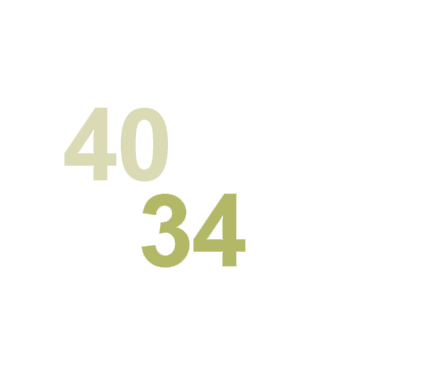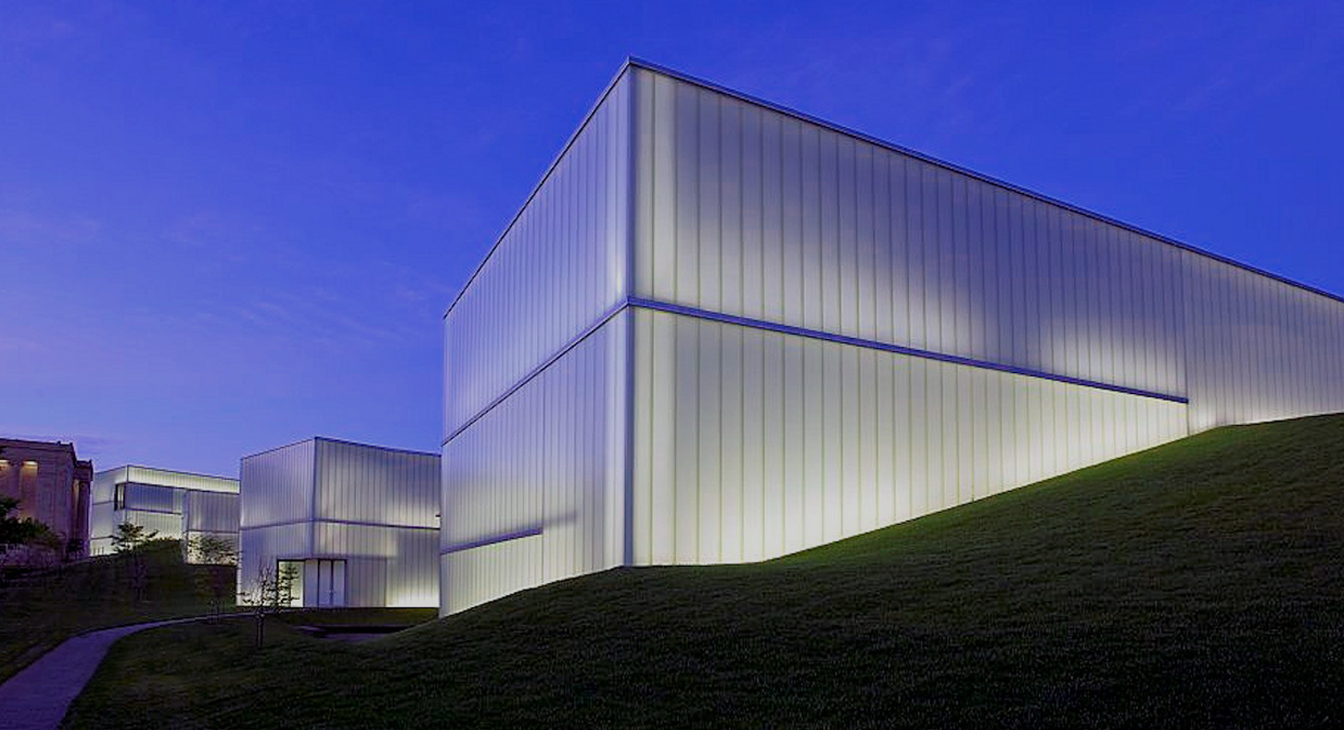
Technological and societal change as well as perceptible environmental changes explain growing awareness of the importance of environmental protection and using resources in a sustainable manner. This applies equally to companies and individuals. It is especially evident in the field in which we operate. In future it will become increasingly vital to recruit, retain and motivate employees by offering them a working environment that is environmentally sustainable and promotes health. This will result in a corporate culture and identity that can be expressed as a spatial experience, contributes to motivation and improves both performance and a sense of well-being.
... energy-efficient luminaires and lighting control systems can save up to 80 % of your electricity costs for lighting?
... Spoon Lighting and Controls can make a significant contribution towards achieving environmental certification of buildings?
... EPDs provide transparency as far as the environmental sustainability of products is concerned
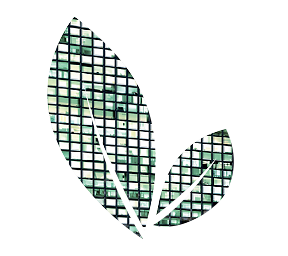
Development of sustainably built buildings
(commercial and institutional buildings)
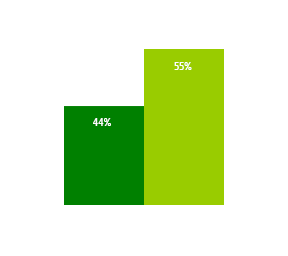
In 2012, 44% of all commercial and institutional buildings were already built in a sustainable way. Recent studies*) indicate that this share will increase to 55% by 2016.
An increase is also expected for the refurbishment of buildings. In surveys**), 50% of the companies questioned reported that they had sustainable refurbishment projects in the pipeline.
* 2013 Dodge Construction Green Outlook, McGraw-Hill Construction, 2012+ Higher rents
+ Higher sales value
+ Reduced energy costs
World Green Building Council, The Business Case for Green Building (2013)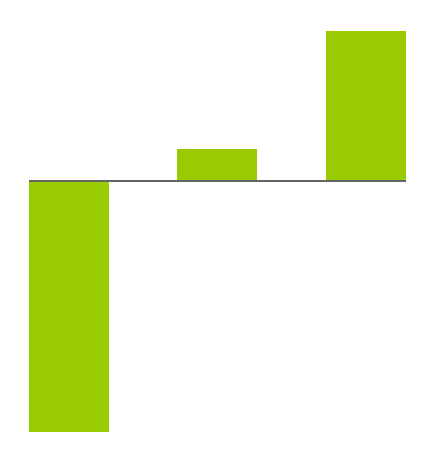
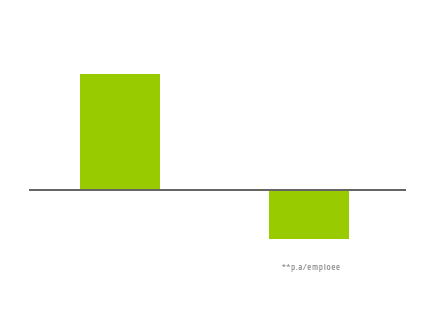
+ Increase in productivity thanks to optimised lighting solution
+ Fewer days absent due to illness
+ Employer branding: a working environment that inspires people
* World Green Building Council, The Business Case for Green Building (2013)During the development of our products, we analyse and optimise every life-cycle phase – from the selection of raw materials right through to recycling.
This is how we manage to continuously minimise the impact that each of our products has on the environment.
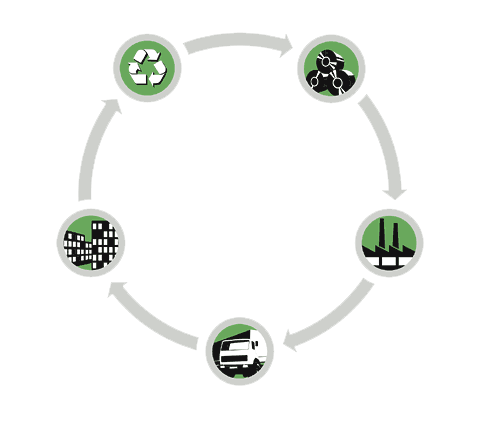
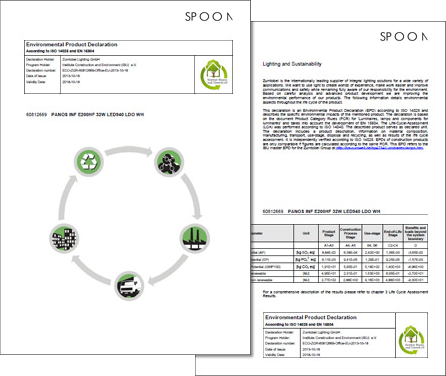
EPD: a product-specific environmental data sheet that documents all the environmental impacts of a product throughout its entire life cycle in a transparent manner.
+ The environmental certification of buildings is backed up by sound data
+ Based on data obtained from a Life Cycle Assessment (LCA)
+ Compliant with environmental standards acc. to EN15804 and ISO14025
+ EPDs can be downloaded from the online catalogue
+ LEED* (Leadership in Energy and Environmental Design) is an internationally recognised certification system for sustainable building.
+ Assessment of a building's construction by accredited technical experts (LEED Accredited Professionals)
+ Awarding of point score in various categories
+ LEED distinctions (LEED NC 2009**): Certified 40-49 points | Silver 50-59 points | Gold 60-79 points | Platinum 80-110 points
* founded in 2000 by the U.S. Green Building Council